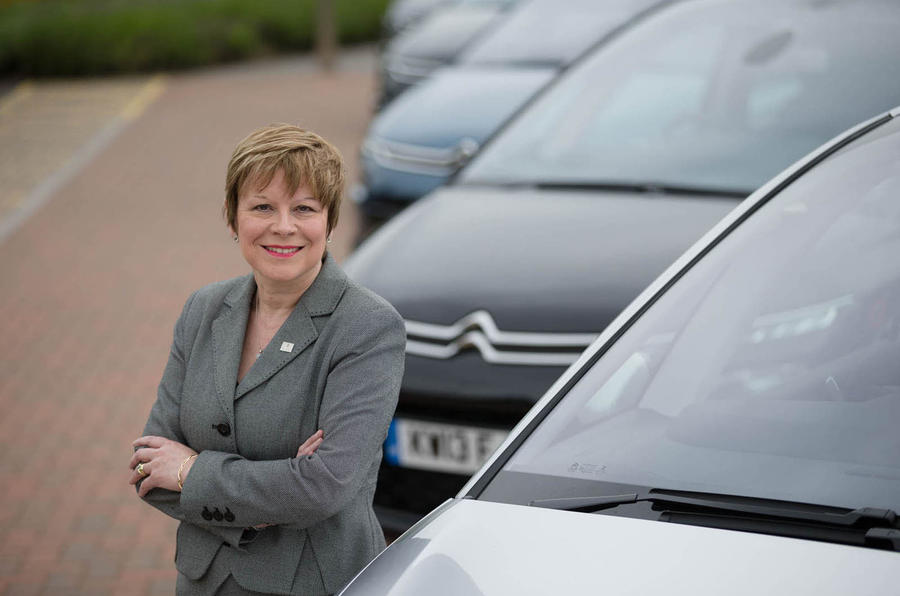Perhaps the best way to experience the new Citroën C4 Cactus is to be driven, at night, through central Paris.
On my way back from interviewing Linda Jackson, the Briton who is now head of the Citroën brand, I’m getting a first-hand experience of what the C4 Cactus is all about and what Jackson says is the essential new character of Citroën.
The Cactus I’m travelling in is being driven by Citroën’s press head of international relations and, despite being born an Austrian, she looks and drives like the classic Parisian career woman. Ignoring the combination of rain and cobbles, she presses on into the wild rush-hour traffic unconcerned by the near-collisions.
“I have my Air Bumps,” she laughs as we avoid a Renault Scenic. We whizz across the city in a manner that is both urgent and yet somehow languid. I get out of the Cactus marvelling at the live demonstration of what Jackson has just been telling me about.
“Citroën will become all about the feelgood factor,” Jackson says. “The driver needs to feel relaxed and good about the car.” Which is precisely what I’ve just experienced. I think the French call it ‘insouciance’.
The big question is: will this new, very French interpretation of Citroën translate to other countries in Europe, including the UK, and as far afield as China and South America as the maker pushes to increase its international presence?
Jackson’s route to the top
Jackson became the MD of Citroën in June, having led Citroën in the UK and Ireland since 2010. Before that, she was the finance director of both Citroën UK and Citroën France. She has been in the automotive industry since a pre-university summer job at Jaguar turned into a full-time job.
Jackson worked through the final years of the calamitous British Leyland empire, Austin-Rover, BMW’s ownership of the Rover Group and the Phoenix Four’s ‘rescue’ of the company in 2000, ending her long years in the British car industry when she was head-hunted by Citroën in 2003.
It has been a very fractious few years for PSA Peugeot-Citroën. In 2012 and 2013 the company lost £6 billion, which resulted in a multinational rescue plan for the ailing car maker earlier this year.
A deal brokered with the French government and Chinese car maker Dongfeng brought investments of about £470 million from each and existing investors stumped up another £1bn or so. The upshot is that the Peugeot family found itself in a three-way ownership mix, with just 14 per cent of the company, along with the French government and Dongfeng owning stakes of the same size.





Add your comment
You were saying...
It probably won't be a problem as my friend, who I used to work with was the guy who designed the C4 Cactus interior and guess what... He's from Portsmouth. He also did the DS4 interior.
Promising ? It sounds quite
Very promosing